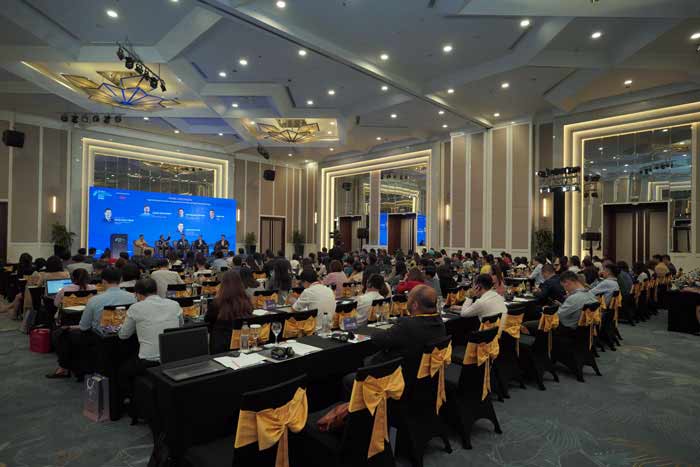Learning Tower Safety: The Complete Guide for Parents

As Montessori-inspired learning gains popularity in Australia, learning towers have become an essential tool in many family kitchens. While these towers offer incredible opportunities for toddler independence and learning, safety must always come first. This comprehensive guide will walk you through everything you need to know about using learning towers safely in your home.
Understanding Learning Towers: More Than Just a Step Stool
Learning towers, sometimes called kitchen helpers, are specially designed platforms that allow toddlers to safely reach counter height. Unlike traditional step stools or chairs, these towers feature enclosed sides that prevent falls while giving children the freedom to move and work alongside adults. When browsing Montessori toys Australia retailers, you’ll notice that learning towers often complement other movement equipment like the Montessori climbing frame or climbing triangle, creating a comprehensive approach to toddler independence and safety.
Essential Safety Features to Look For
Before purchasing a learning tower, ensure it includes these crucial safety elements:
Structural Integrity
The foundation of learning tower safety begins with solid construction. Look for towers made from sturdy materials, preferably hardwood, with robust joints and connections. Avoid towers with visible gaps in construction or wobbly parts. Many quality learning towers available through Montessori toys Australia suppliers use sustainable hardwoods that provide both durability and peace of mind.
Appropriate Guardrails
The platform should be surrounded by railings on three sides, with the fourth side (facing the counter) having a slight barrier to prevent accidental backward steps. The ideal railing height should reach your toddler’s mid-chest level when standing on the platform. Some models feature adjustable railings that grow with your child.
Non-Slip Features
Both the platform where your child stands and the tower’s feet should have non-slip surfaces. The platform should have grip tape or textured wood to prevent slipping, while the base should include rubber feet or similar materials to keep the tower stable on various floor surfaces.
Setting Up Your Learning Tower Safely
Location Matters
Careful placement of your learning tower is crucial for safety. Consider these factors when choosing a spot:
The tower should be positioned away from heat sources like stoves, ovens, and hot water taps. Place it where your child can participate in safe activities like food preparation, washing fruits and vegetables, or simple baking tasks.
Ensure the tower sits flush against the counter with no gaps where small fingers could get caught. Some parents find it helpful to create designated “tower zones” in their kitchen, marking safe areas with non-slip mats or subtle floor markers.
Stability Check
Once positioned, verify the tower’s stability by gently pushing it from different angles. It should remain firmly in place. If your tower has adjustable features, double-check that all mechanisms are properly locked before each use.
Teaching Safe Tower Usage
Gradual Introduction
Just as you would introduce a climbing triangle or Montessori climbing frame gradually, learning tower introduction should be systematic and patient. Start with short, supervised sessions where you demonstrate proper usage:
- Show your child how to climb in and out safely, always facing the steps
- Establish clear rules about not leaning out or jumping
- Practice steady movements and proper positioning
- Create consistent routines around tower use
Daily Safety Habits
Develop these essential safety habits with your child:
- Always check that the tower is properly positioned before stepping in
- Keep both feet firmly on the platform
- Use inside voices and calm movements while in the tower
- Ask for help when needed
- Clean up spills immediately to prevent slipping
Creating a Safe Environment
Counter Organization
Organize your counter space with tower safety in mind:
- Keep dangerous items well out of reach
- Create clear workspaces with defined boundaries
- Use child-safe tools and equipment
- Keep cleaning supplies readily available for quick spill cleanup
Supporting Independence Safely
While learning towers promote independence, safety requires ongoing supervision. Find the balance between allowing exploration and maintaining security:
- Stay within arm’s reach during tower activities
- Encourage safe exploration while setting clear boundaries
- Provide age-appropriate tools and activities
- Celebrate safe behavior and responsible choices
Common Safety Concerns Addressed
Age Appropriateness
Learning towers are typically suitable for toddlers who can climb stairs independently, usually around 18 months to 4 years. However, every child develops differently. Some children might be ready earlier, while others may need more time. Always assess your child’s individual readiness rather than relying solely on age guidelines.
Multiple Children
If you have multiple children, establish clear rules about tower use:
- Only one child in the tower at a time
- Take turns with timer assistance if needed
- Older siblings help demonstrate safe usage
- Clear consequences for unsafe behavior
Maintenance for Ongoing Safety
Regular Checks
Implement a regular safety check routine:
- Inspect all joints and connections monthly
- Check non-slip surfaces for wear
- Verify stability of adjustable components
- Clean thoroughly to prevent slipping hazards
When to Replace
Even the highest quality learning towers have a lifespan. Watch for these signs that replacement might be needed:
- Visible wear on weight-bearing components
- Loose joints that can’t be tightened
- Damaged railings or barriers
- Worn non-slip surfaces that can’t be restored
Conclusion
Learning towers represent a valuable investment in your child’s independence and development. When properly selected, positioned, and used, they provide a safe platform for learning and growth. By following these safety guidelines and consistently reinforcing good habits, you can create an environment where your child can safely explore, learn, and participate in daily activities.
Remember that safety is an ongoing process, not a one-time setup. Regular assessment of your tower’s condition, your child’s developing abilities, and your family’s changing needs will help ensure continued safe use of this valuable tool. Whether you’re just starting your Montessori journey or adding to your collection of Montessori toys Australia-wide, prioritizing safety while promoting independence will help create positive learning experiences for your child.
As your child grows more confident with the learning tower, you might consider expanding their movement opportunities with other Montessori equipment like climbing triangles or climbing frames. Each piece of equipment offers unique developmental benefits, but the fundamental principles of safety, supervision, and gradual introduction remain constant across all Montessori movement materials.







